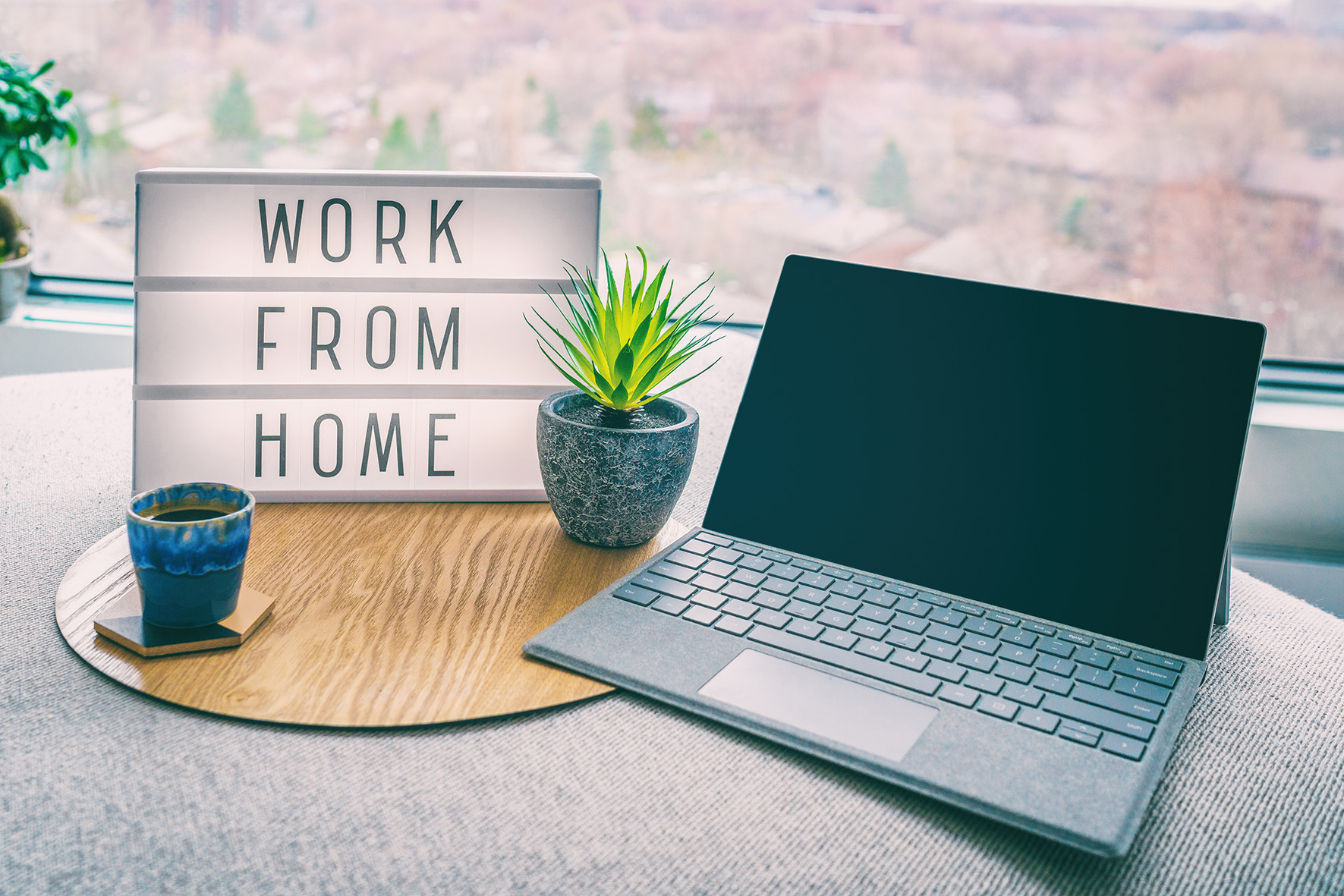So, working from home! It’s an amazing new opportunity to work from your own home, to work differently, the press loves it! The Government sort of loves it! But misses you buying sandwiches in inner city shops. Its being touted as the new working model going forward, the new norm, the way for companies and employees to collaborate without physical boundaries going forward.
But how accurate, or even true, is all of that?
There is a lot of evidence that disasters force change on us, both good and bad in nature. Disasters of varying types are catalysts for change, for some great examples of this go read Naomi Klein’s ‘The Shock Doctrine’. When the existing balance of process in the world is quickly and irrevocably changed, people are forced to think of a new way of doing what they used to do. The boundaries and conditions around that ‘activity’ are different, so the end result is also different.
It’s pretty simple really, with an event that causes a great disturbance comes the opportunity, welcome or not, to rebuild the way we do things. This sweeps away all resistance to change people might have, as its not a voluntary process, you don’t have to win over the hearts and minds of participants, the causation event is a disaster of some type, nature has won the argument already.
That brings us back to working from home. Forced on us all by a global pandemic, a disaster event, that brings welcome or unwelcome opportunity for change! It’s a radical new way of doing things! But is it new? And is it radical?
Let’s break down some simple experiences along with their audiences to look at how this looks in reality, rather than how it is being reported in the press.
1. The home worker: Some people have always worked from
home a large percentage of their time. For them, the last year or so has been
relatively the same as normal, except for the addition of more time with their
family / cohabitants. They already had a home office space, so they were
relatively prepared. They may have missed the odd office trip, or overseas
travel, but they’ve basically been working the same way they always were.
2. The flex worker: Some people had a 50 / 50
work-to-office life, so they have had to swing further towards home working.
They may have not had a dedicated home office space, as they were not there A
LOT before the pandemic, so they made do with working from an existing table or
setup. These are the people you have been on a Zoom call with, with their bed
in the background. These people have experienced a good level of change, across
commuting, social interaction and newfound homebound-ness.
3. The traditional office worker: This last group is the most
impacted. The people that fit what would be considered the most traditional,
intrinsic, working pattern. This was the vision of ‘work’ that you were taught
as a child at school. Working from an office almost exclusively, where the exception
is working from home, typically on a specific day, for a specific reason, as
most offices of this type require a reason to ‘not be there’. Obviously, this
group has seen the largest disturbance by far. They aren’t travelling every
day, they aren’t purchasing lunch at Pret, or Eat, or whichever city center
sandwich bar they usually go to.
So, different people impacted in different ways, based on how they used to work. Not exactly the portrayal of the modern workplace as described in the news, at times. (https://www.peoplemanagement.co.uk/news/articles/employers-told-not-to-rush-in-and-regret-it-as-pm-calls-for-some-to-return-to-work#gref)

My flexible working journey started a few roles back. Firstly, in Telco, then secondly in Financial Services. I found that attitudes to flexible working and actually having to be in the office were changing. Vodafone for example, used their flexible office environment as a product. They would bring customers in and tour them around the workplace, to sell the vision of hot desking, no-desk-nesting, and productive employees from multiple teams all mingling productively. This led to a truly flexible working office, desk wise, and a day or two working from home.
The next step change was Nationwide. They had several drivers to move staff out of the office. The first, and most obvious was the fact that they had over six thousand staff to fit into a four thousand capacity office. Practically that meant less desk space than employees, strained facilities, packed restaurant, and a perilous parking experience each morning. They also had a policy of owning several offices locations across the same town, so a large population of the workforce was working remotely from each other, merely by office location. This generally resulted in two to three days of working from home on average.


Following this trend, my current employer, Adobe, has a much more flexible working policy, based more on circumstances that allow you to be productive. If where you need to be to succeed is in a partner’s office, or customer location, that is where you go. There is rarely a need to be in an adobe office for everyday tasks. The ethos is much more based on creating an environment where people can do their best work.
This, slightly long-winded journey through my previous working patterns was all aimed at showing that there are many different patterns of work, each of which challenges, in different ways, the hardwired thinking that makes us feel guilty if we spend an afternoon in the garden, or have a nap, or pick our kids up from school in the middle of the day. Successful remote working, including working from home, demands that we re-learn that wiring, adjusting it for modern thinking. Flexibility is key, for both employee and employer.
So don’t believe the press. Embrace working from anywhere, if it allows you to succeed at your goals. We aren’t going ‘back to work’, we’ve been there all the time, just not in same way we were before. Times change, whether we are the driver for that change, or whether we are driven to it.
Inner cities will evolve, Pret will carry on without us.
